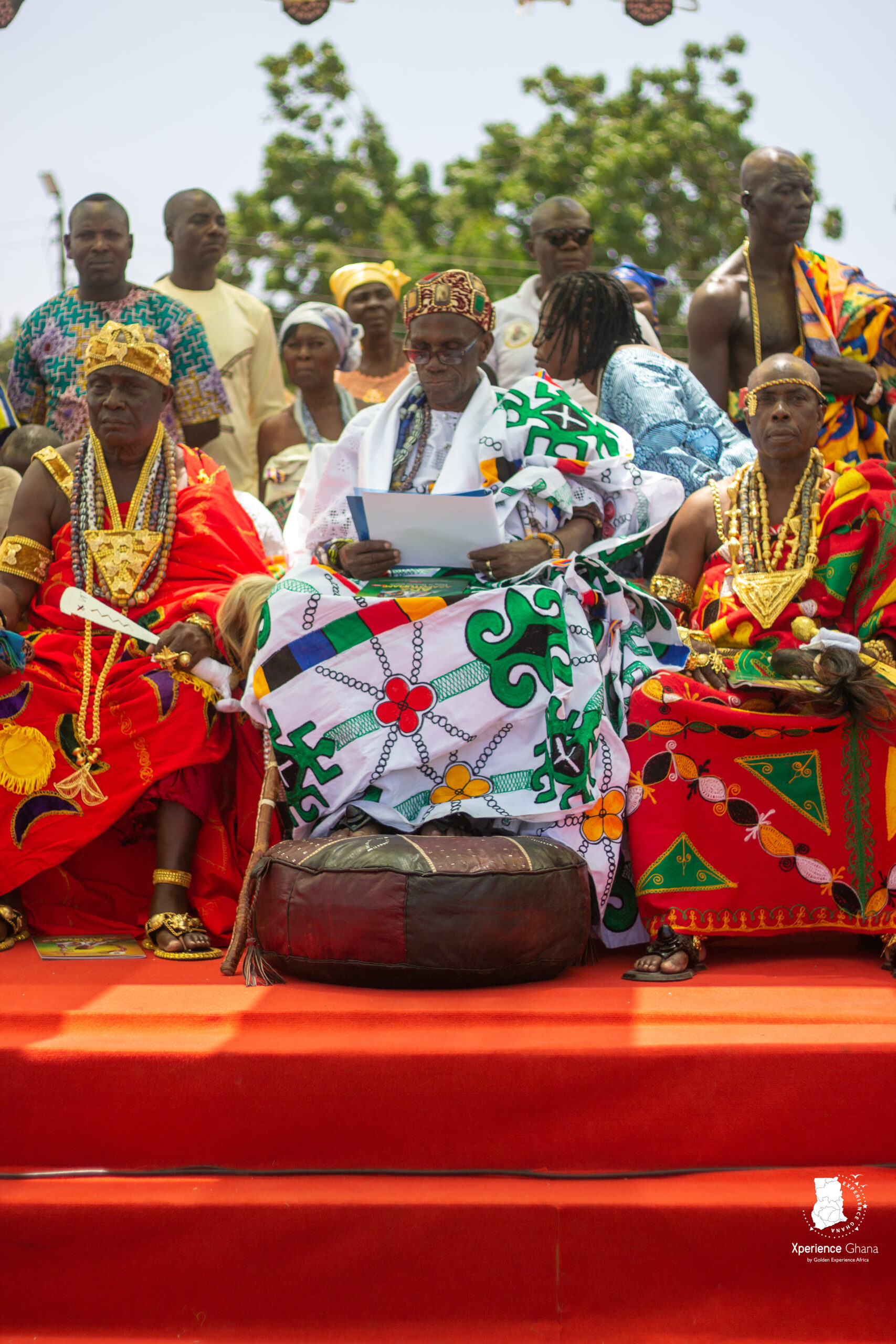All Traditional areas in Ghana are identified with their ideas, customs, and social behaviour of the people or society’s special festivals, which make the people very distinct from other ethnic groups. The Asafotufiami Festival of the people of Ada in the Dangme East District is a rich cultural heritage celebrated annually in the first week of August.
The festival derives its name from the Ada word Asafotufiami, which translates into Divisional Firing of Musketry in the Dangme language. The festival is a remembrance of the achievements in the wars and Efforts for settlement fought by our ancestors.
Historically, the Adangmes fought a lot of wars all in a bid to establish a territory for their people. Most famous among these wars include the Katamanso war of 1826, the Glover war of 1876, the invasion by the Anglos in 1770 and the battle of Nonobe in 1750. The people of Ada managed to withstand all these attacks and survived the wars, leading to the successful establishment and survival of the Ada kingdom.
As the wars became prevalent and frequent, festivals and rituals were put in place to welcome their brave soldiers and war heroes. Some of these rituals included feet washing of the soldiers and firing of muskets to announce their coming back.
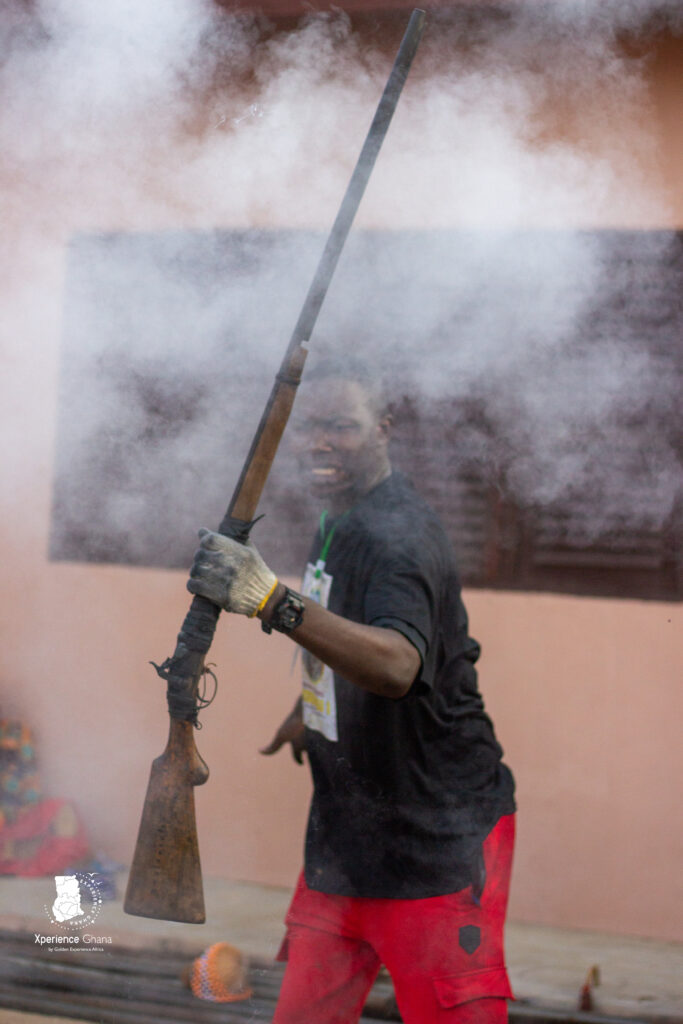
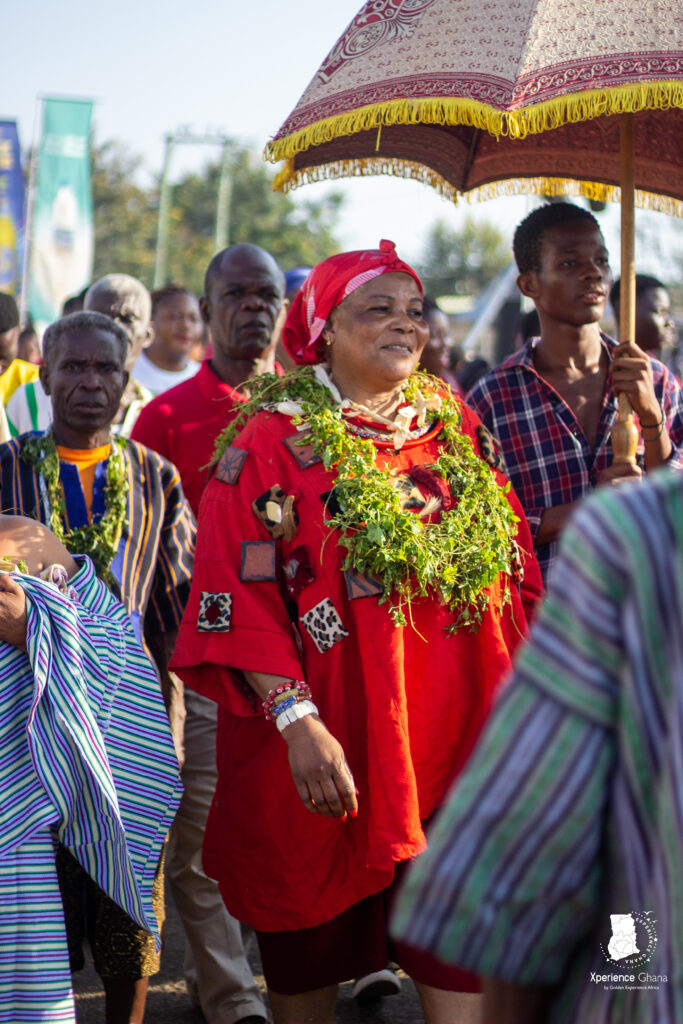
In the olden days, the Ada State as well as the present day Dangbe East District comprised of the following States with Divisional Chiefs supporting the Ada Mantse as Paramount Chief:
Agave, Sokpoe, Tefle, Mape, Mafi, Bakpa and Battor.
With the cessation of these Divisional Chiefs to form what is now known as the Tongu State, the new Wetsoyi (Divisional Chief) was created in addition to the Wornorhi and Asafoatseme. Since 1954 the following 10 Tribes have had Wetsoyihi (Divisional Chiefs) to support the paramount Stool of Ada.
- Adibiawe
- Lomobiawe
- Tekperbiawe
- Dangmebiawe
- Ohuewem
- Korgbor
- Kudzragbe
- Kabiawetsu
- Kabiaweyumu
- Kabiawe Kponor
According to tradition, the celebration starts on Thursday in the first week of the month of August with the returning of Adas to their traditional homes. They go through a house cleaning ceremony – a kind of spiritual cleansing – and pouring of libation at the family shrines keeping vigil thereafter.


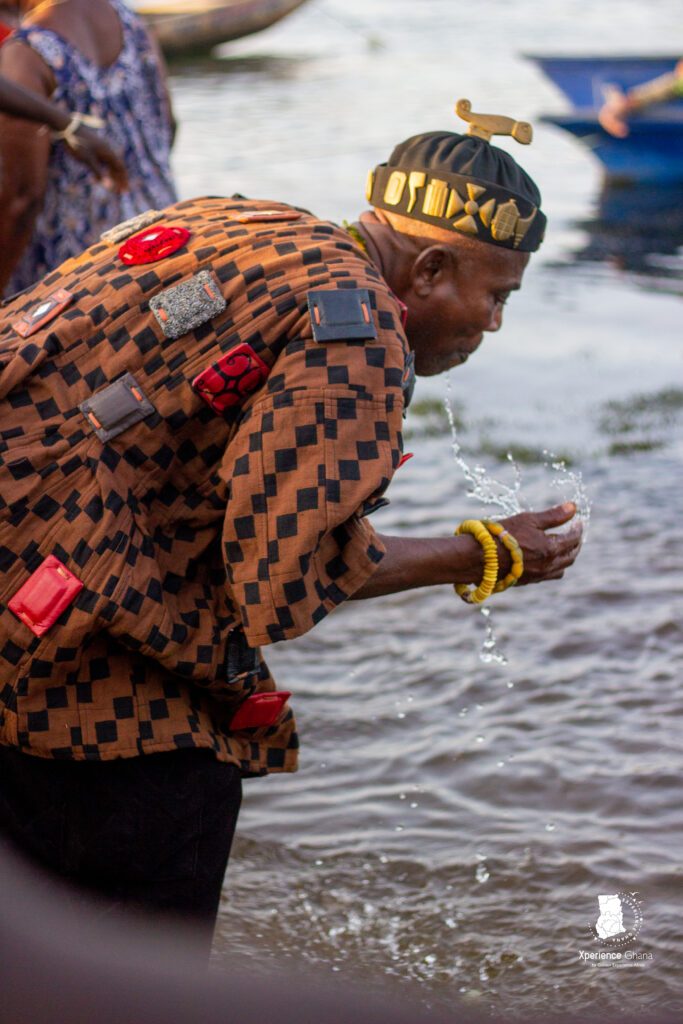
At dawn on Friday, as part of the schedule for the celebration, the two companies (Asafohi) beat talking drums to summon their members. Haven assembled, each group would march to LUHUESE at the outskirts of Big Ada where they set up camps. According to ancient custom, all young men who attain the age of puberty were then initiated into their Asafo companies by being taught how to handle, load and fire a gun for the first time.
The initiation is followed by war games of ancient warfare – tactical deployments and logistics. This continues until late afternoon when the two Asafo companies parade to Big Ada, dressed in traditional military attire – clad with leaves and palm branches – signifying conquering heroes returning from battle, amid the firing of musketry and war cries.

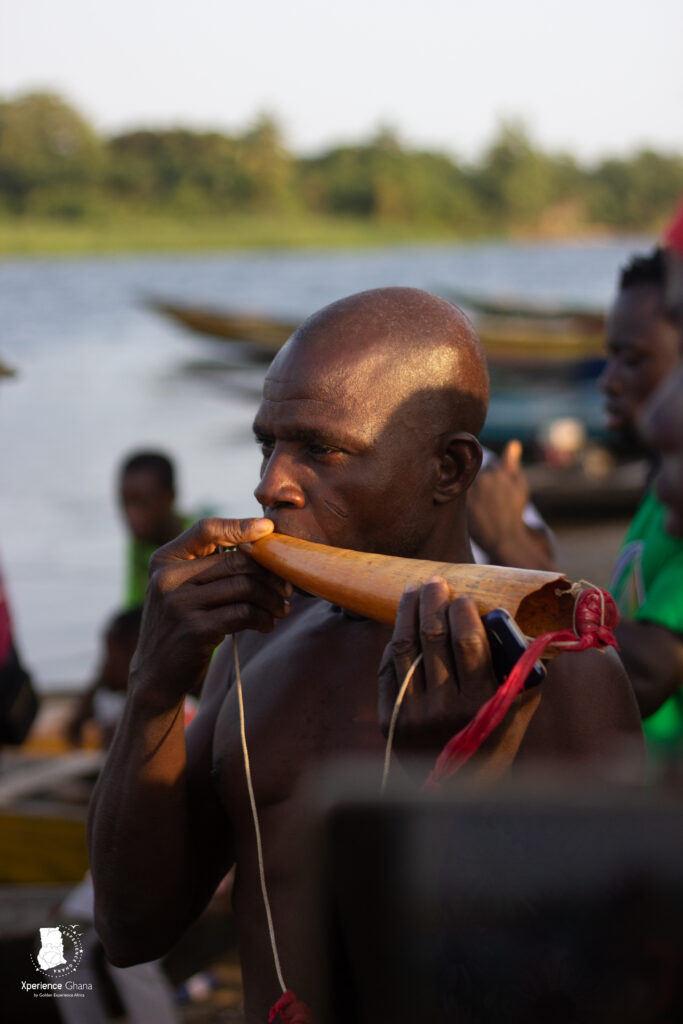
Women and children, carrying vessels containing watery roasted corn flour mixture, meet with the party of “Warriors” at LENOBINYA with hailing chants of:
Awe, Awe, Awe
Response: Awe-e-e-
Agba e, Bleku Tsor
Nsu, o, Nsu
Enam o,Enam
Manye o, Manye
Adibani Kportoor
Singing, the firing of musketry and dancing continue here until sunset. The travellers then move to KPONKPO PANYA a place which served as a departing point for warriors going to wars as well as a landing point for soldiers returning from wars. Here, the Asafo companies form a single file along the banks of the river and fire three volleys of muskets into the river. A ceremonial ablution of feet dipping and hand washing is performed to banish all evil and usher in good fortune in the coming years.

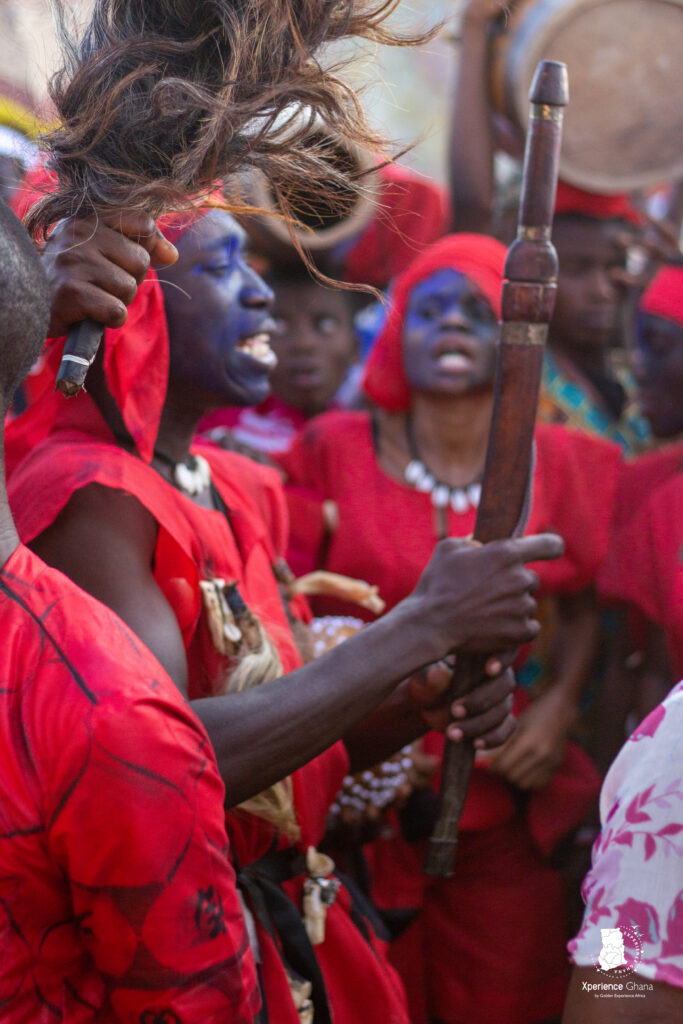
In the later years, from the 1900s, the wars came to an end, and with no wars to be fought and attacks by other tribes, the rituals performed to welcome their brave soldiers were abolished as they were no longer needed.
The people however still felt the need to put in place a festival to celebrate their soldiers, ancestors and past chiefs who all contributed to the successful establishment of Ada and through that educate the people and younger generations about their rich heritage and culture. This paved the way for the establishment of the Asfotufiami Festival in the 20th century, as a replacement for the welcoming rituals performed for returning soldiers.
Today, the Asfotufiami remains the single most important traditional festival for the people of Ada and is held in high esteem by the people. The celebration takes place on the first Thursday of August each year.
The celebration holds scheduled events from Thursday to Thursday of the following week, such as homecoming, Visit the scared Forrest, Grand durbar, regatta, and canoe/boat racing. All these events are scheduled to mimic the festival’s mood in which warriors were received and also display cultural possession.

